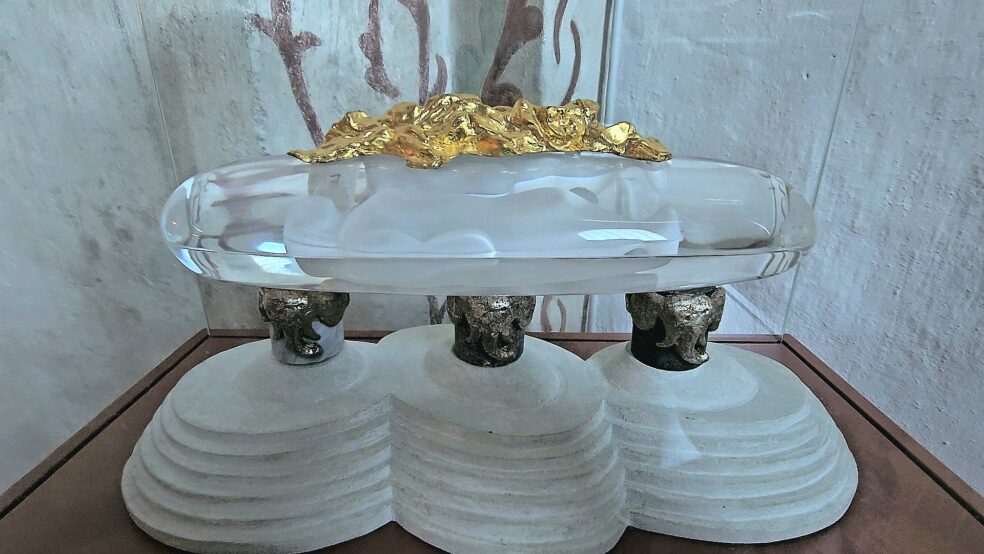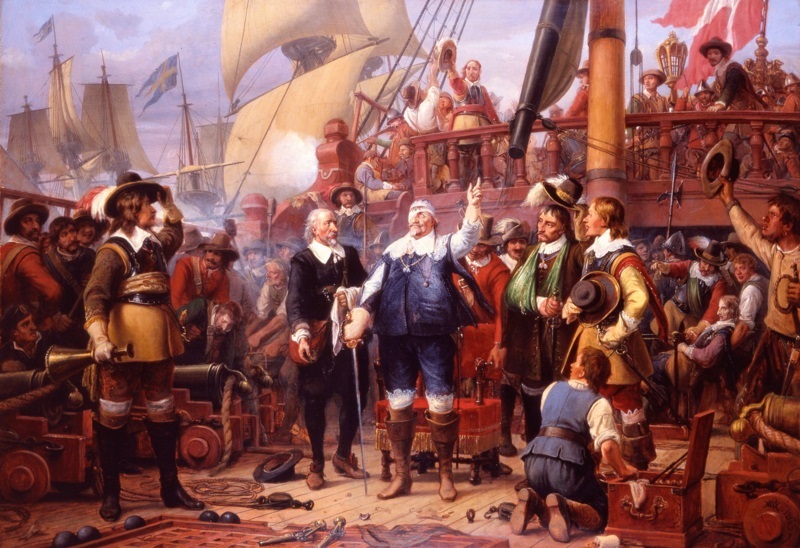
Roskilde Domkirke. Part 2: Leaving a Legacy
Aside from being fascinated with soaring vaults and beautiful Sarcophagi, my curiosity about how the previous kings and queens of Denmark lived. Their deaths are either known, came as a surprise or can we define it as “fate”? One thing is certain – they left a legacy. Each of them had a royal motto (valgsprog in Danish).
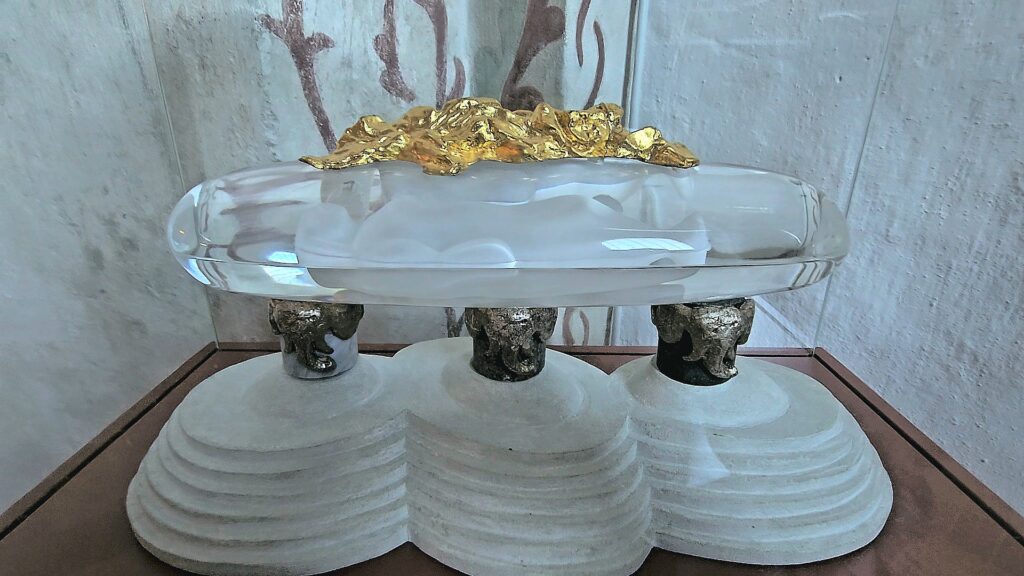
What would you do if you were given the chance to design your own sepuchral monument? You may be an artist who wishes to make a remarkable remembrance of you when you have to leave this world.
This beautiful piece of art is has been created by the artist, Bjørn Nørgaard (born 1947), in collaboration with the royal couple. It will remain covered until after the monarch is laid to rest. The current Her Majesty Queen Margrethe the 2nd has a motto “Guds hjælp, Folkets kærlighed, Danmarks styrke”. – God’s help, The People’s love, Denmark’s strength.
The monument is covered. It can be used as a bench, so one can sit and ponder at Birgitta’s chapel.
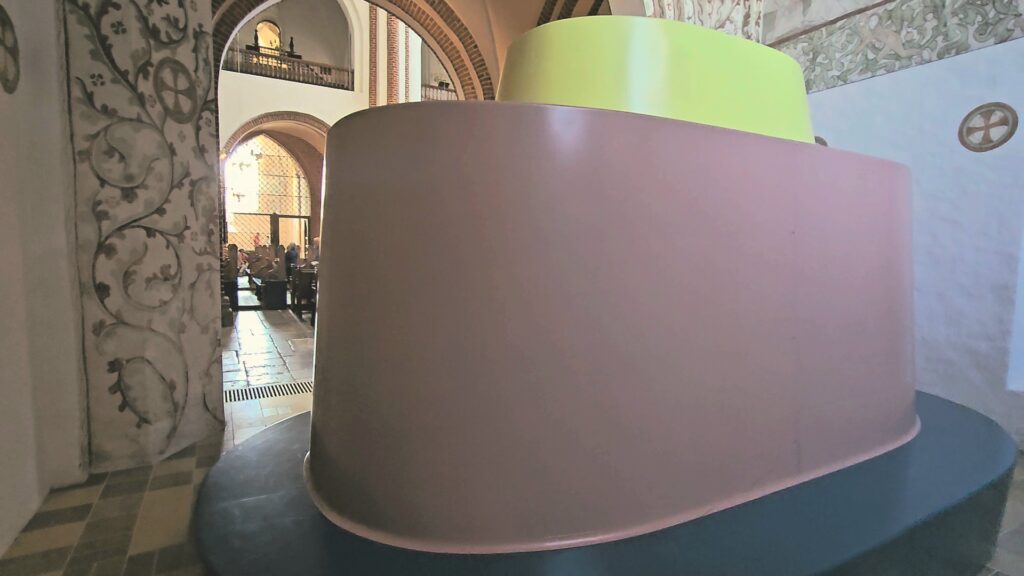
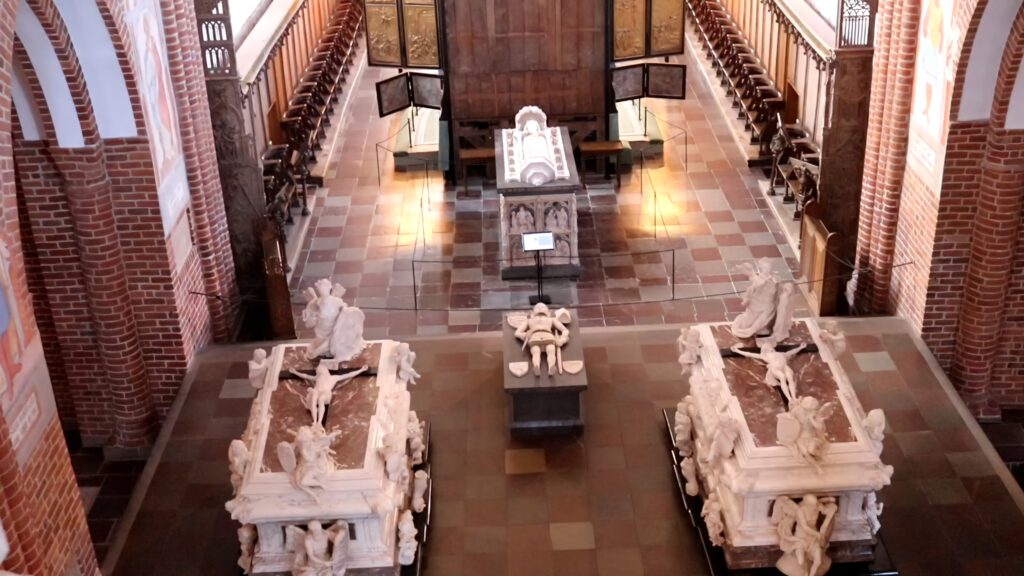
A view from the top where the Sarcophagi1 of Margrete 1., Duke Christopher of Lolland Margrete 1. older brother), Christian 5. and Frederik 4. can be seen.
Christian 5. He was fond of riding and hunting. He ruled after the reformation. His humbleness made the people loved him.
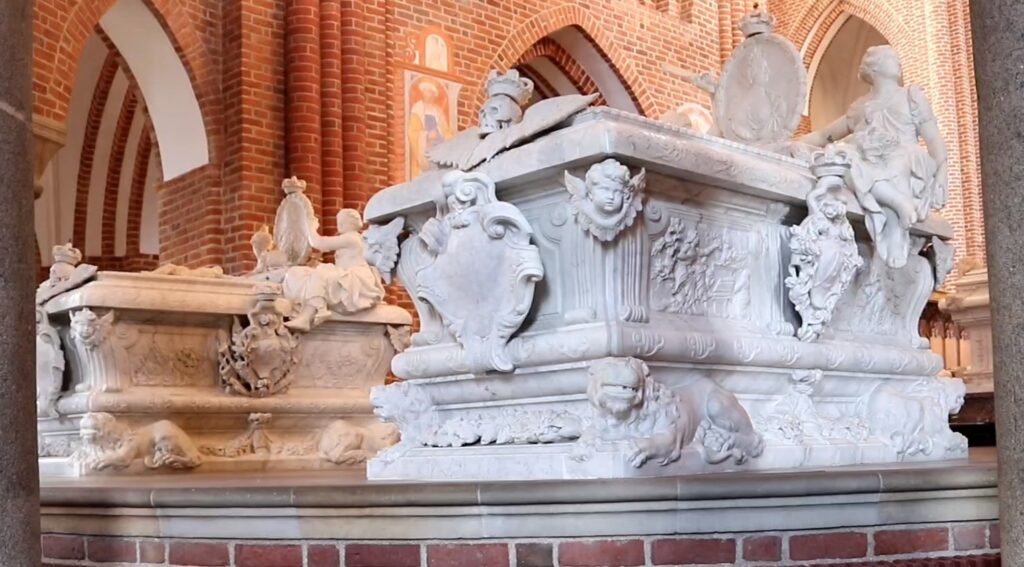
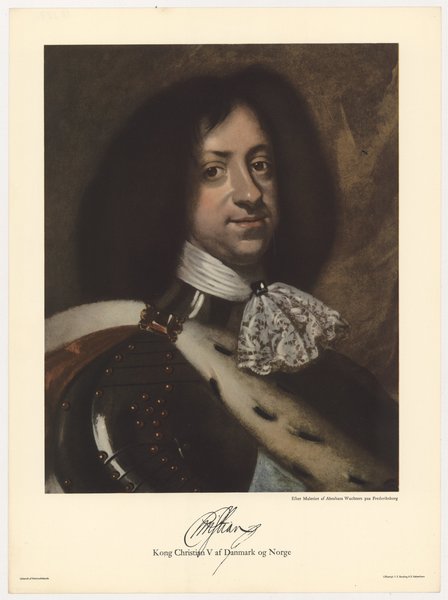
The two women figures on this sarcophagus named Pietas (piety) and Justitia (justice) characterized his journey, making him one of the most popular kings in the autocracy’s line of kings.
Photo credits: Danmarks Historien
Harald’s Stone2. It tells a story when the country was transitioning from a tribal society to a Christian Kingdom. Harald writes that he is the king of the land and made the Danes Christian. Denmark’s birth certificate
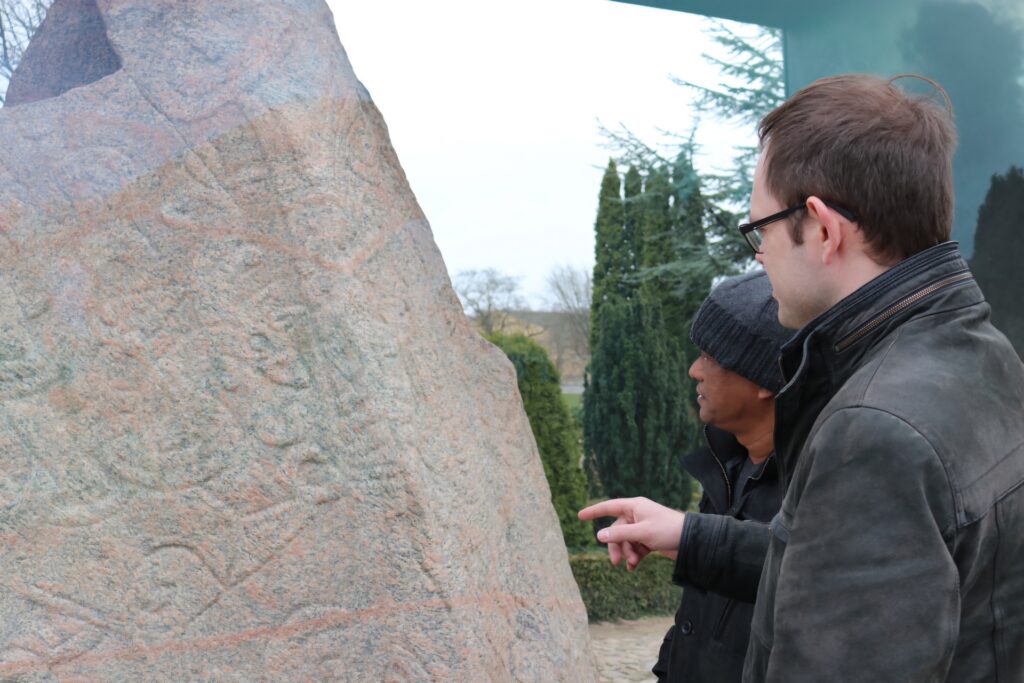
Dating back to the 1080’s, when the church was first built, right even before they discovered the bricks in the 1100’s, there was a myth that King Harald Blåtands (Harald Bluetooths)3 grave was buried in the church in his death about 988, though there are no other sources or archaeological evidence to support this claim.
Kultur ministeriet
He was known as the ancestor of the Royal family. He was the king who united the kingdom and the Christian Danes.
This is considered the 2nd phase, approximately 960-990.
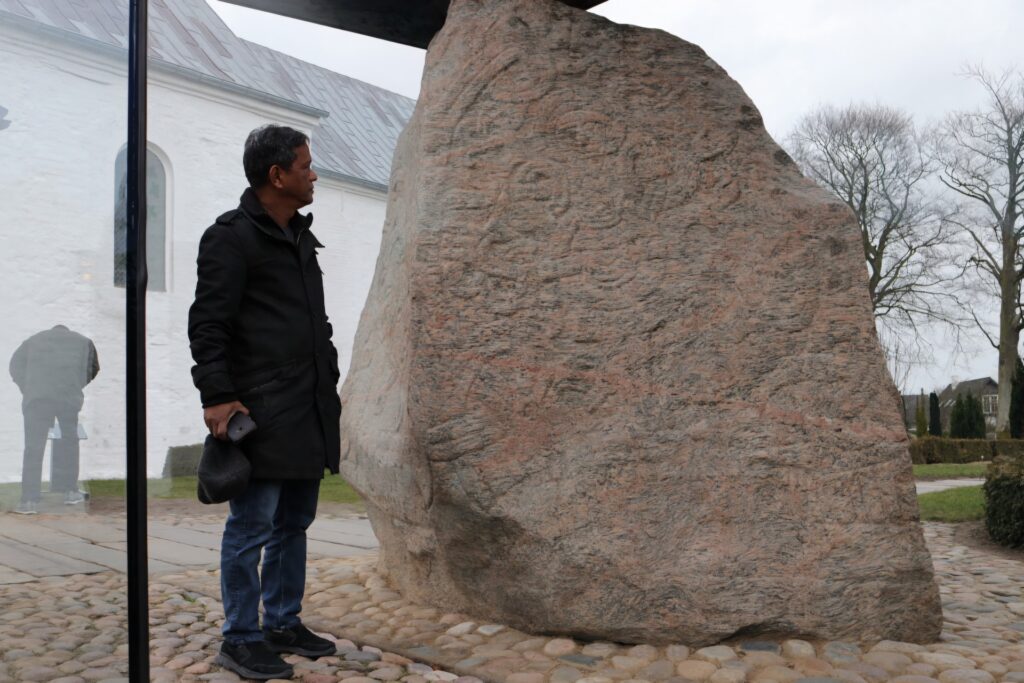
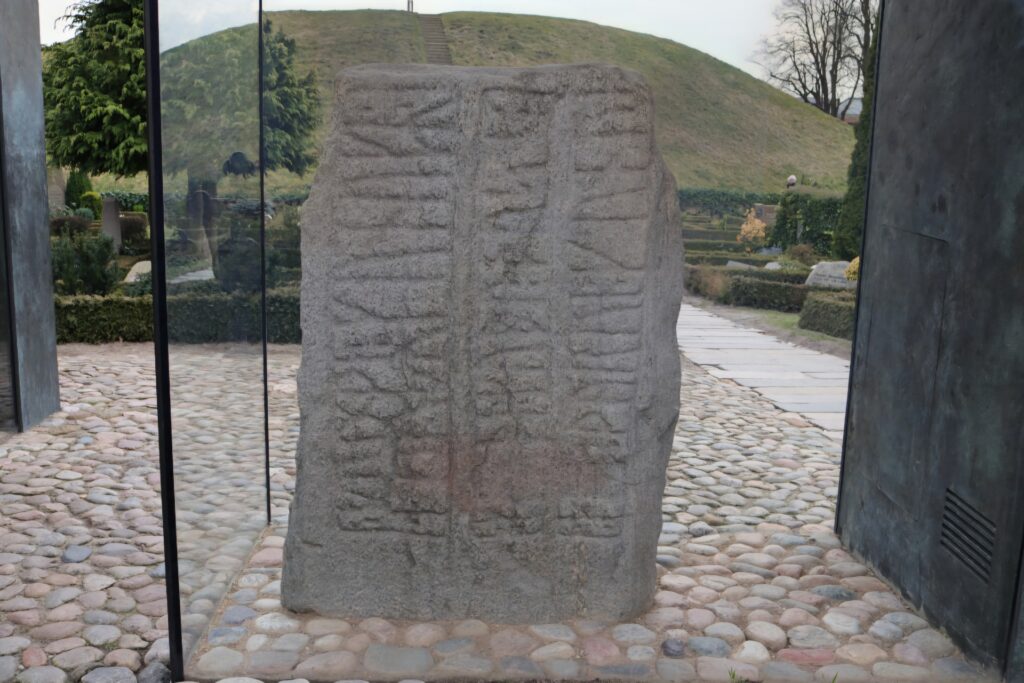
Denmark’s name appears for the first time. The stone was placed in about year 950 by “Gorm den Gamle” Gorm the Old in memory of his wife Thyra.
Every details inside the church reveals the belief and traditions associated with being either a christian or the other4.
The Baptismal Font is from 1602 and it replaced a medieval font.
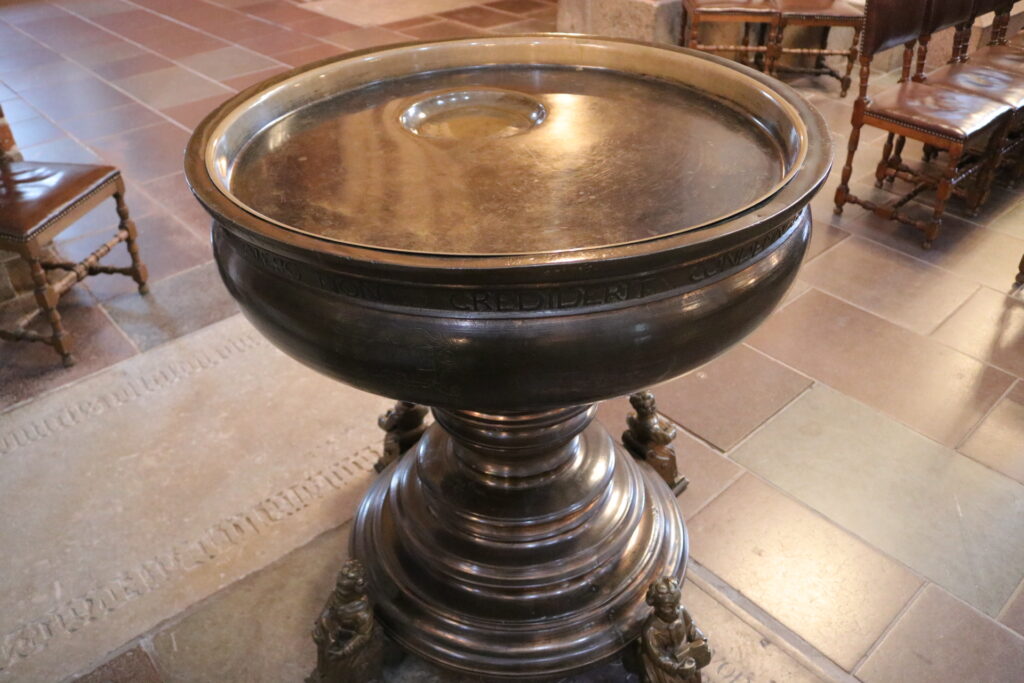
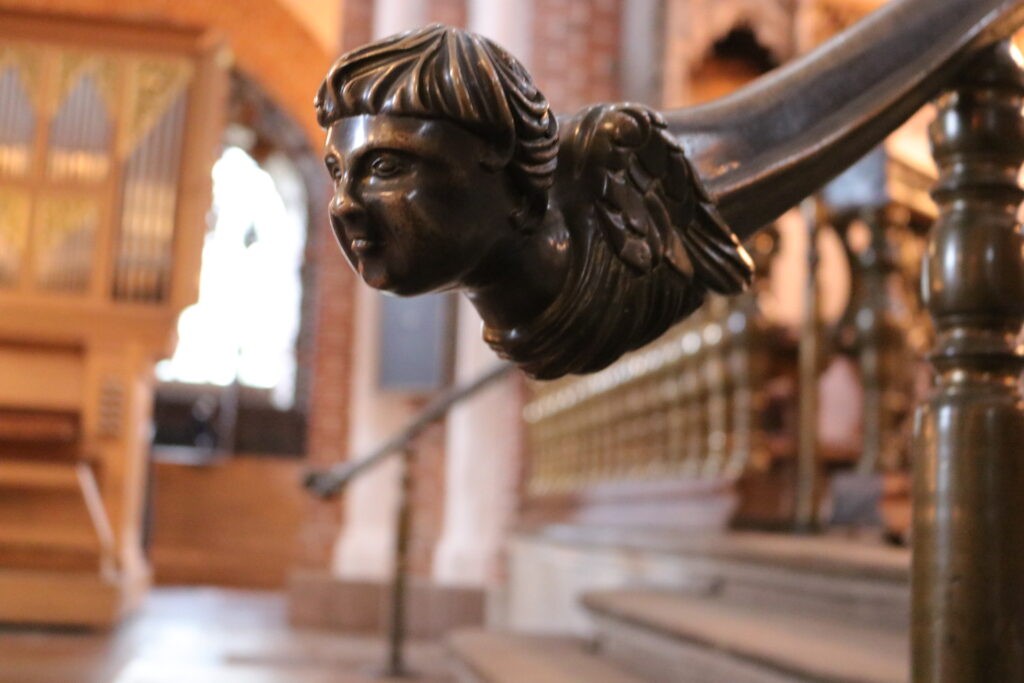
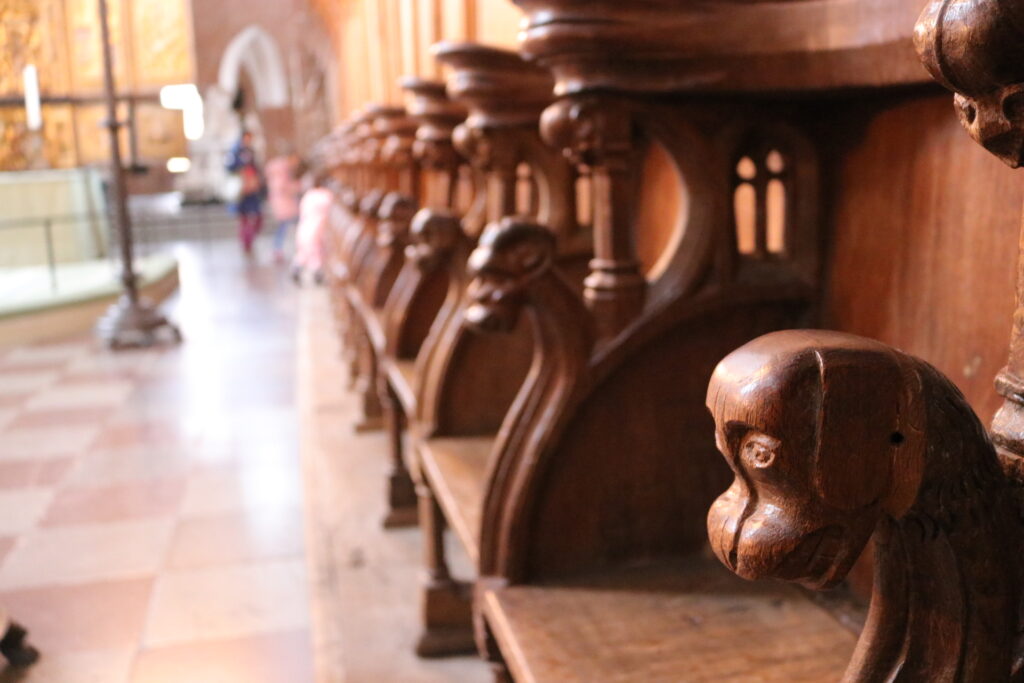
Most of the people visiting Roskilde Cathedral find the sarcophagus of Margrete probably the most interesting of them all. She united Denmark, Norway and Sweden in the Kalmar Union5. She was the youngest daughter of Valdemar 4 Atterdag and Helvig. Who would have thought that this young woman would be a queen. She exercised the power to rule after her father’s death on October 24, 1375. Her older brother Christopher who was supposed to take over unfortunately died early at the age of 22 years old. Margrete was one of the most powerful women in the middle ages. You can read more about queen Margrete 1. on Danmark Historien.dk.
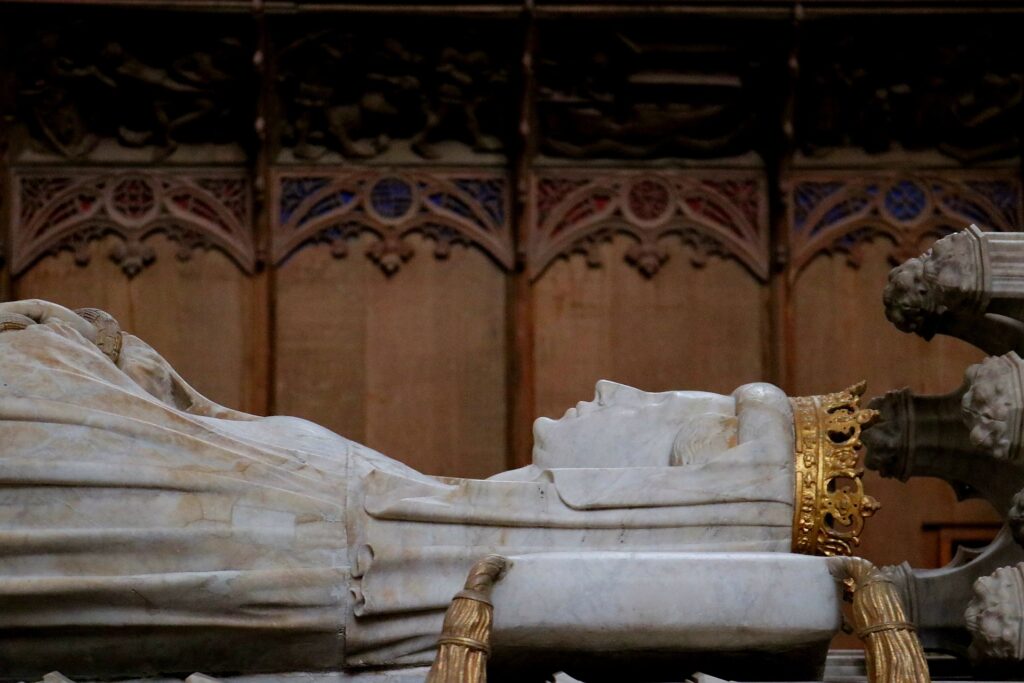
School Time
One of the legacies that I find interesting is of Christian VI.
Quote. On the 23rd of January 1739, Christian VI (born 1699, regent 1730-1746) issued a decree on the schools in the country in Denmark. The School Act introduced regular compulsory schooling for the children of the general population. The law was conceived and created in connection with the confirmation regulation from the 13th of January 1736. The regulation from 1739, as the first Danish school law, required compulsory schooling for all children aged 5-6 – girls and boys, rich and poor. Quote (Denmark’s History) www.danmarkshistorien.dk
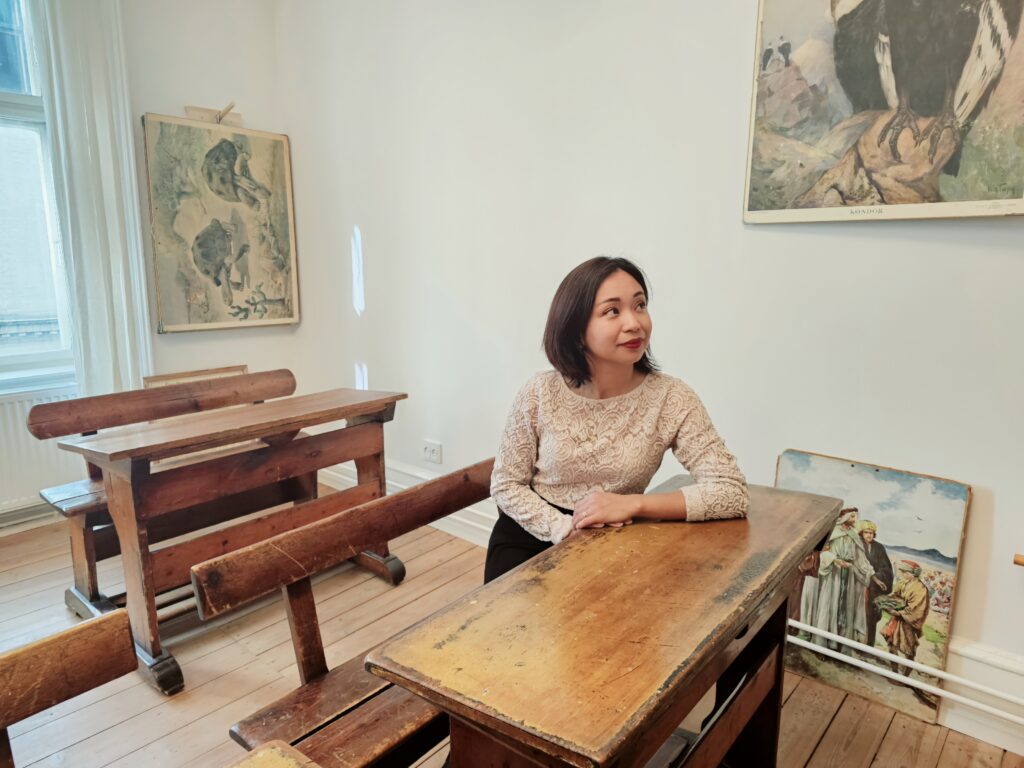
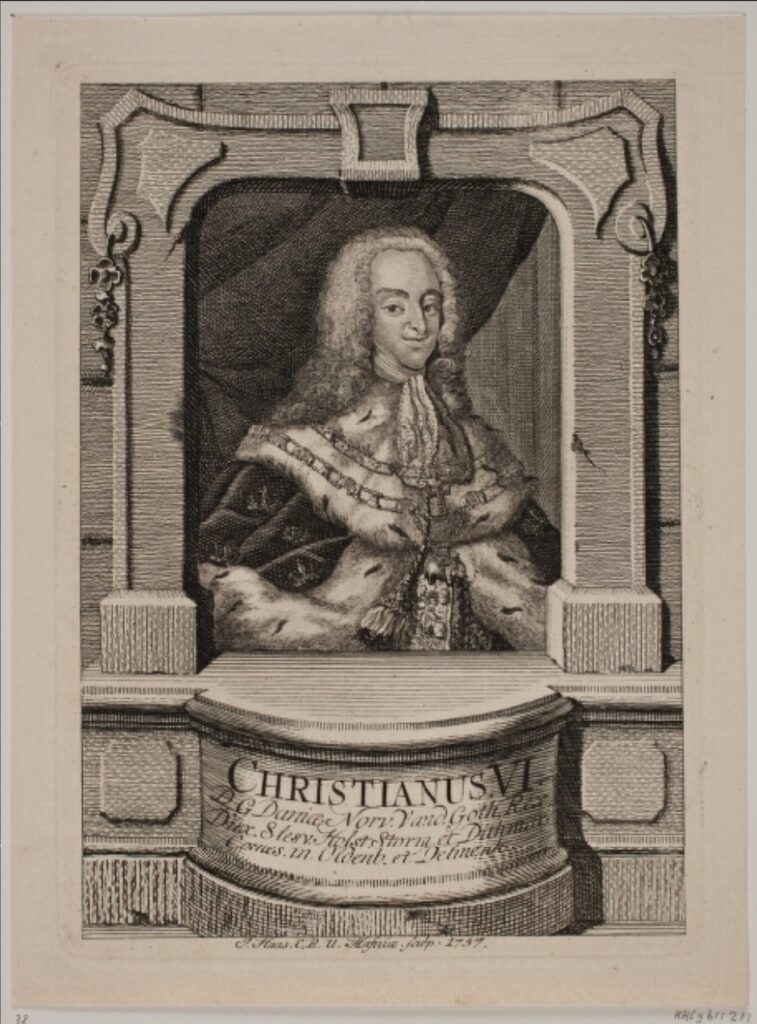
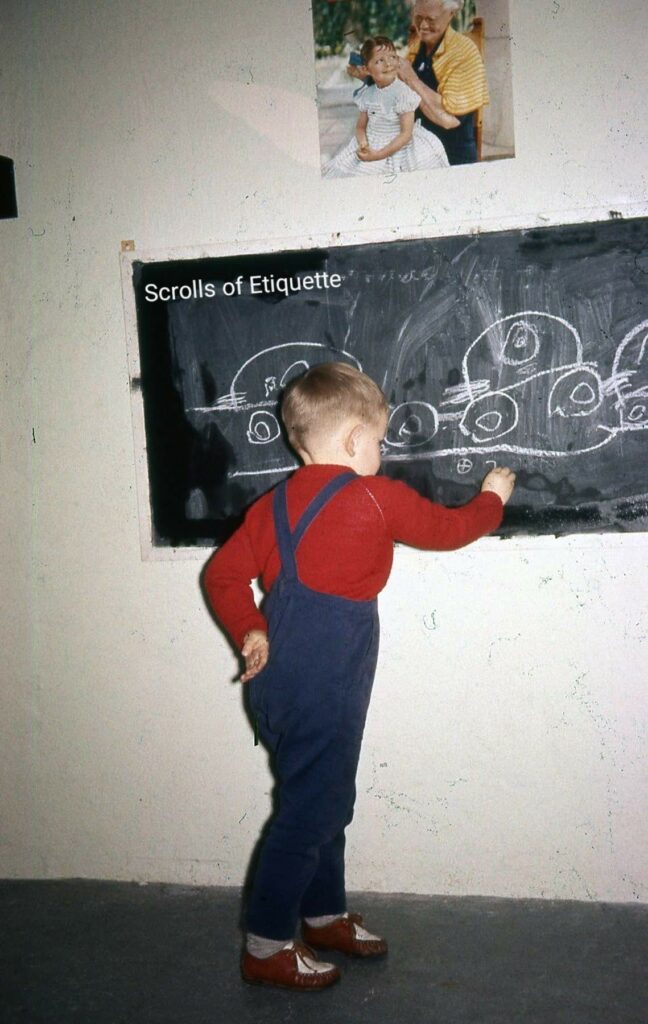
Constructing cities
Another legacy is that of Christian IV of Denmark
Quote. Christian IV invested massively in countless magnificent buildings, including the Old Stock Exchange (Børsen) and the Round Tower (Rundetårn) in Copenhagen and (not the least,) the castles of Frederiksborg and Rosenborg. v.o.
They still stand today commemorating the greatness of the king. And if the buildings themselves were not memorable enough, the ubiquitous monogram “C4” plastered everywhere continues to bring the great king who constructed them to mind. Quote Nordics.info
Insert pictures and videos from Rundetårn Kirke, Frederiksborg Slot and Rosenborg castle under the v.o constructing cities.
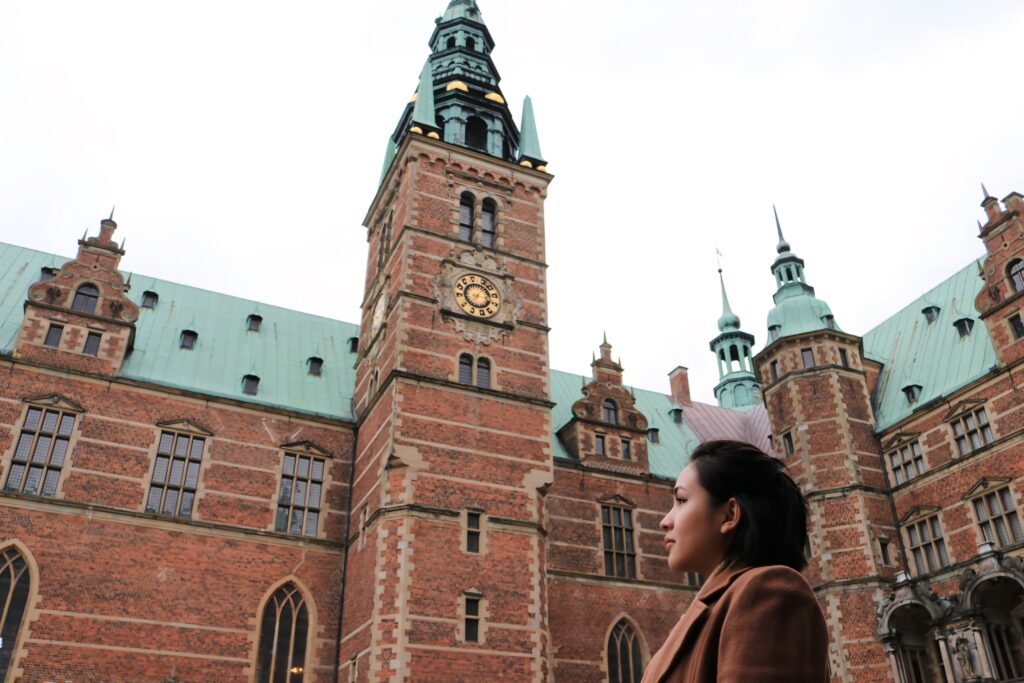
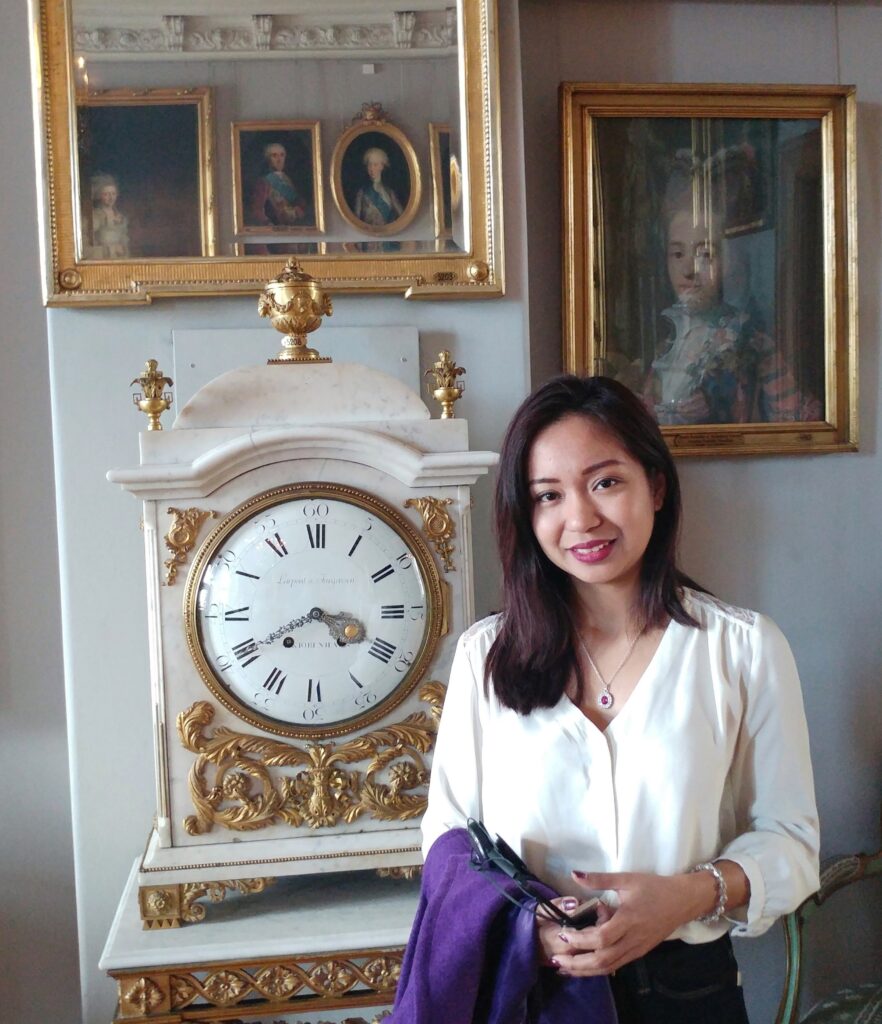
Frederiksborg castle is considered the grandest castle in Denmark. It was built near the port, where trade between countries happens at the time of Christian IV. He loved social gatherings and promoting business culture. Christian 4., 1577-1648
City foundations and building activity served mercantile, representative and military purposes.
Wilhelm Marstrand’s portrait of Christian IV at the Trinity from ca. 1864. In 1644, the 67-year-old king was wounded and lost the sight of his right eye in the battle of Kolberger Heide. Marstrand’s interpretation has become part of Danish cultural heritage and, together with the king’s blood-stained clothes, which are kept at Rosenborg Castle, has kept the legendary performance in common consciousness. From: Wikimedia Commons

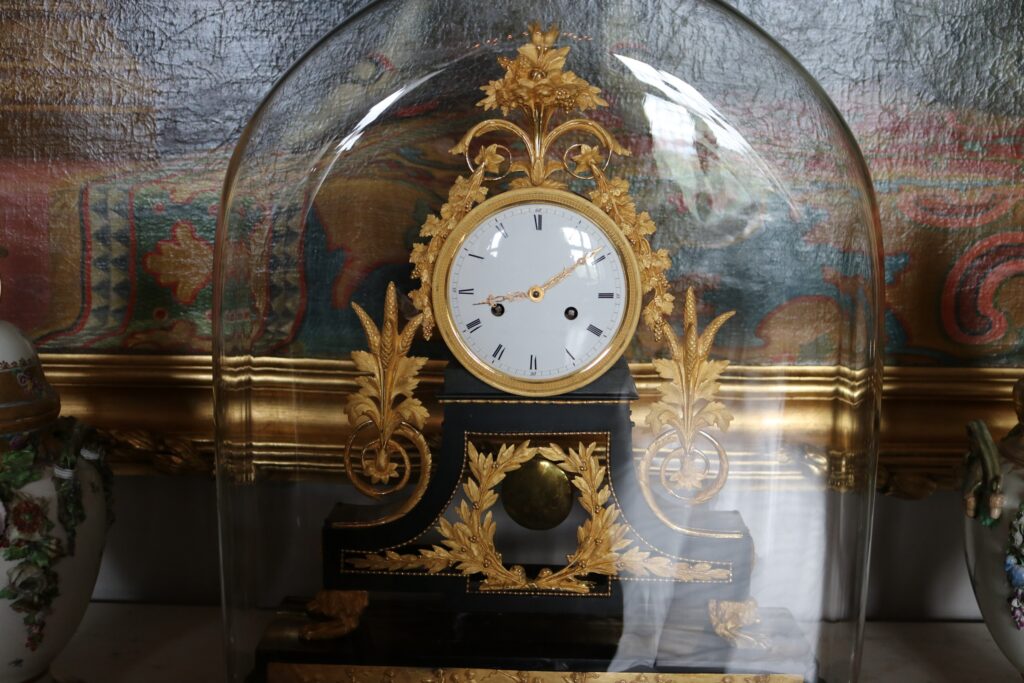
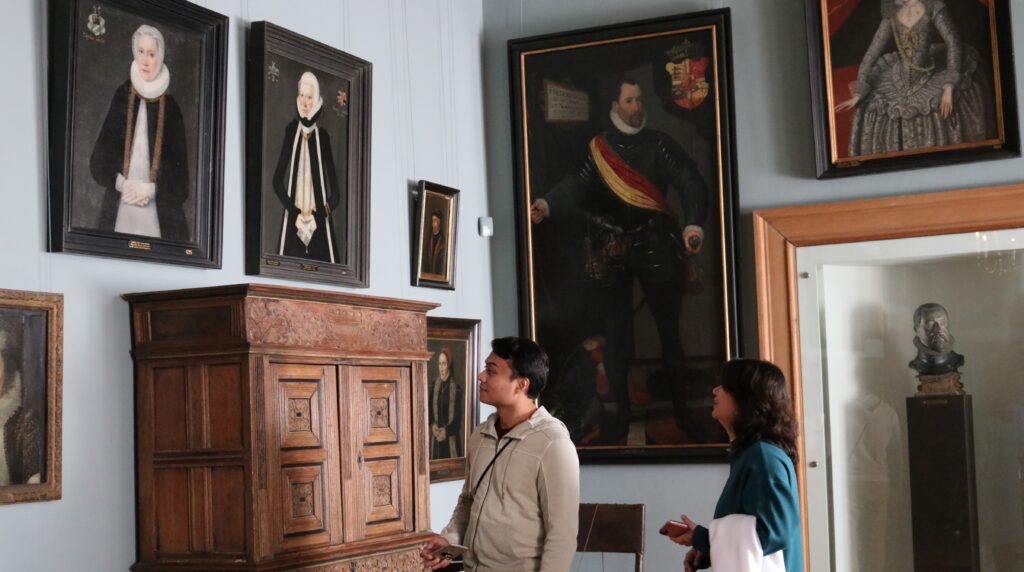
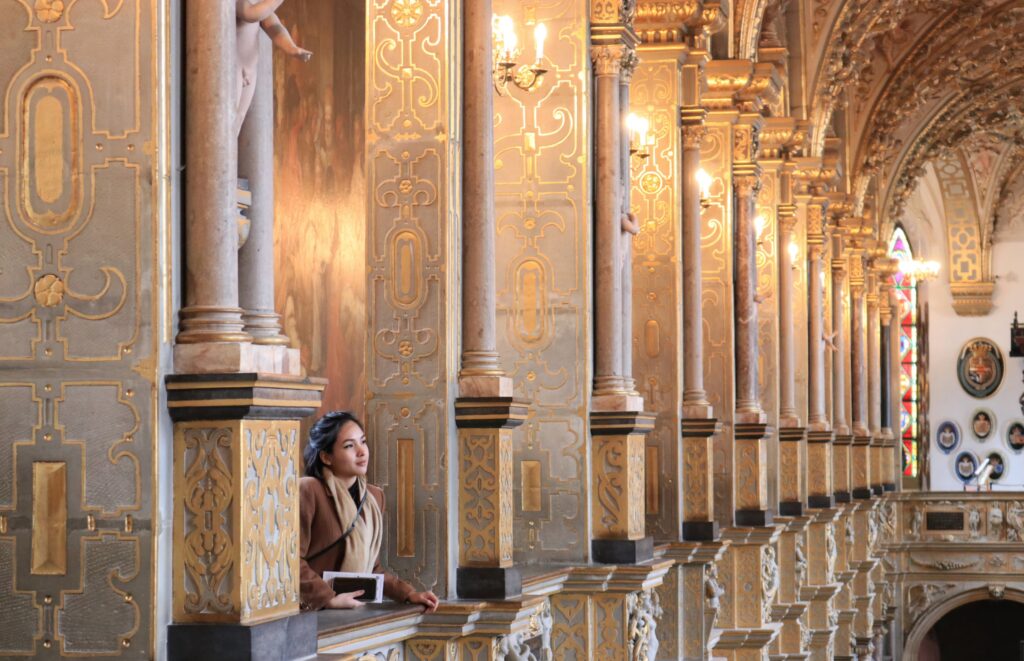
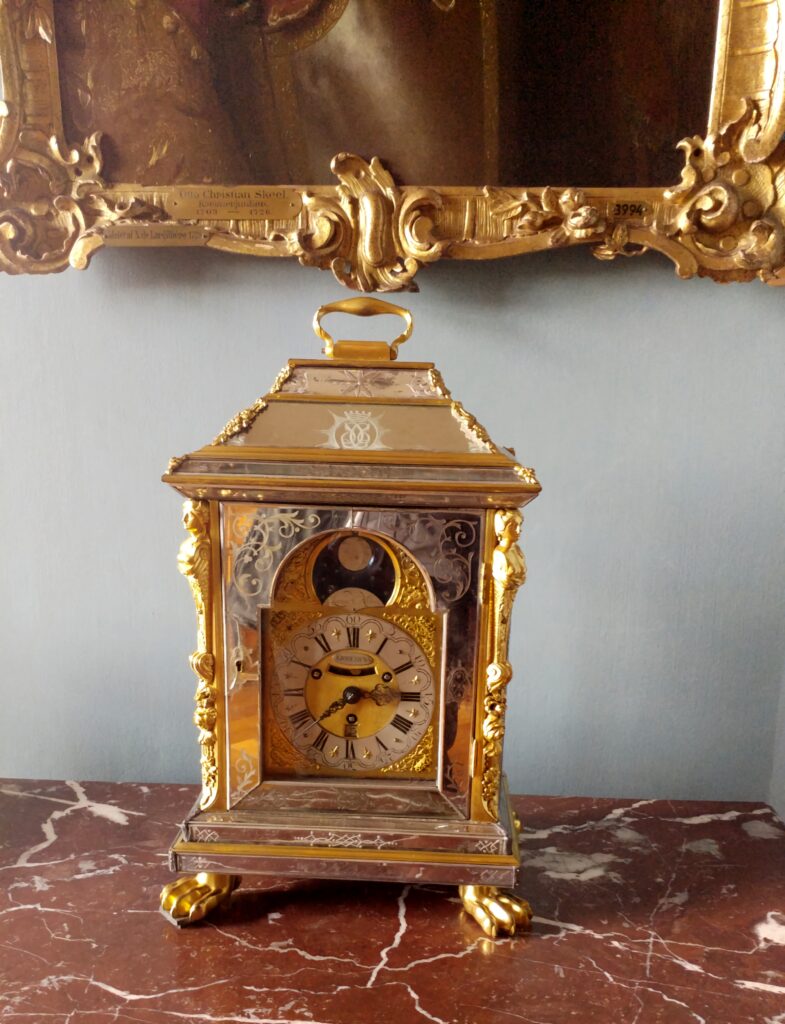
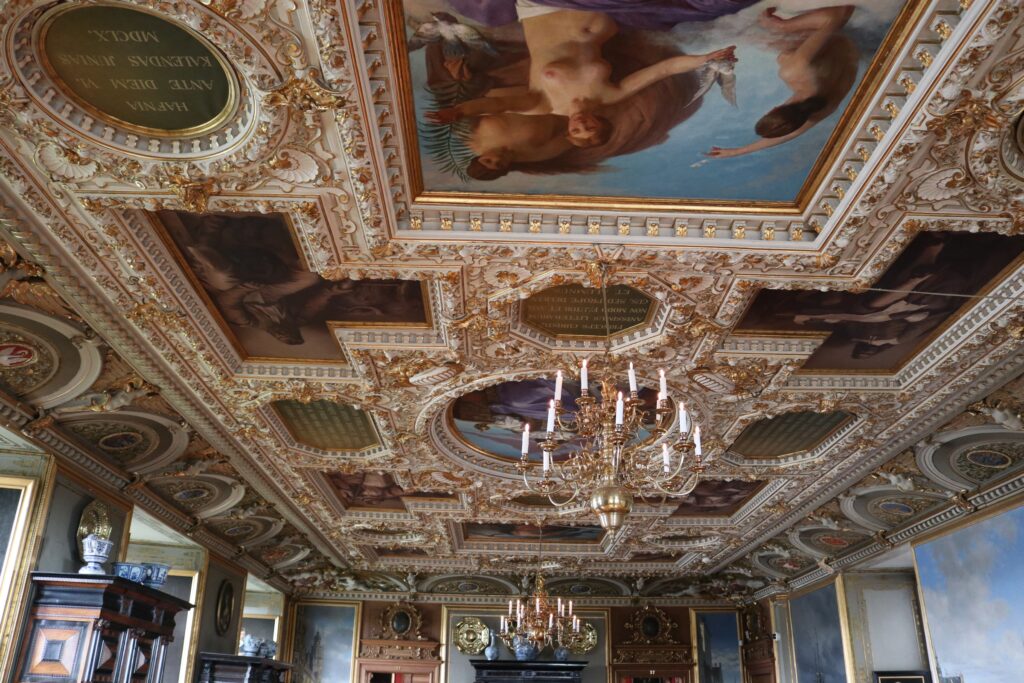

I’ve invited a friend to share her spiritual journey and how Yoga is considered an effective form of meditation and self-improvement. See the video
or visit my YouTube channel:
Details
Thank you for reading. Feel free to share my article and videos.
- Used to bury leaders and wealthy residents in ancient Egypt, Rome, and Greece, a sarcophagus is a coffin or a container to hold a coffin. Most sarcophagi are made of stone and displayed above ground. ↩︎
- Monuments in Jelling, Denmark. It weighs around 2.5 meters above the ground. Stenen måler ca. 2,5 meter over jorden, og den er en af de største runesten fra vikingetiden. ↩︎
- (Blåtand) Bluetooth – Jim Kardach from Intel suggested Bluetooth as a temporary code name. Kardach was later quoted as saying, “King Harald Bluetooth…was famous for uniting Scandinavia just as we intended to unite the PC and cellular industries with a short-range wireless link.” -bluetooth.com
According to my husband Jacob, King Harald Blåtand ate a lot of blueberries, where the “blue tooth” stemmed from 🙂
↩︎ - In Denmark, moral values are of high importance than religion. ↩︎
- The most important content of the Kalmar Union was a royal union (personal union) between the three kingdoms of Denmark, Norway and Sweden. Sweden also included Finland (until 1809), and Norway included Iceland, Greenland, the Faroe Islands, the Orkney Islands and the Shetland Islands, so that the union included the entire Nordic region. ↩︎
ALL ARTICLES PUBLISHED ON MY WEBSITE SCROLLS OF ETIQUETTE (Blooming Etiquette) were produced voluntarily for my portfolio purposes.

